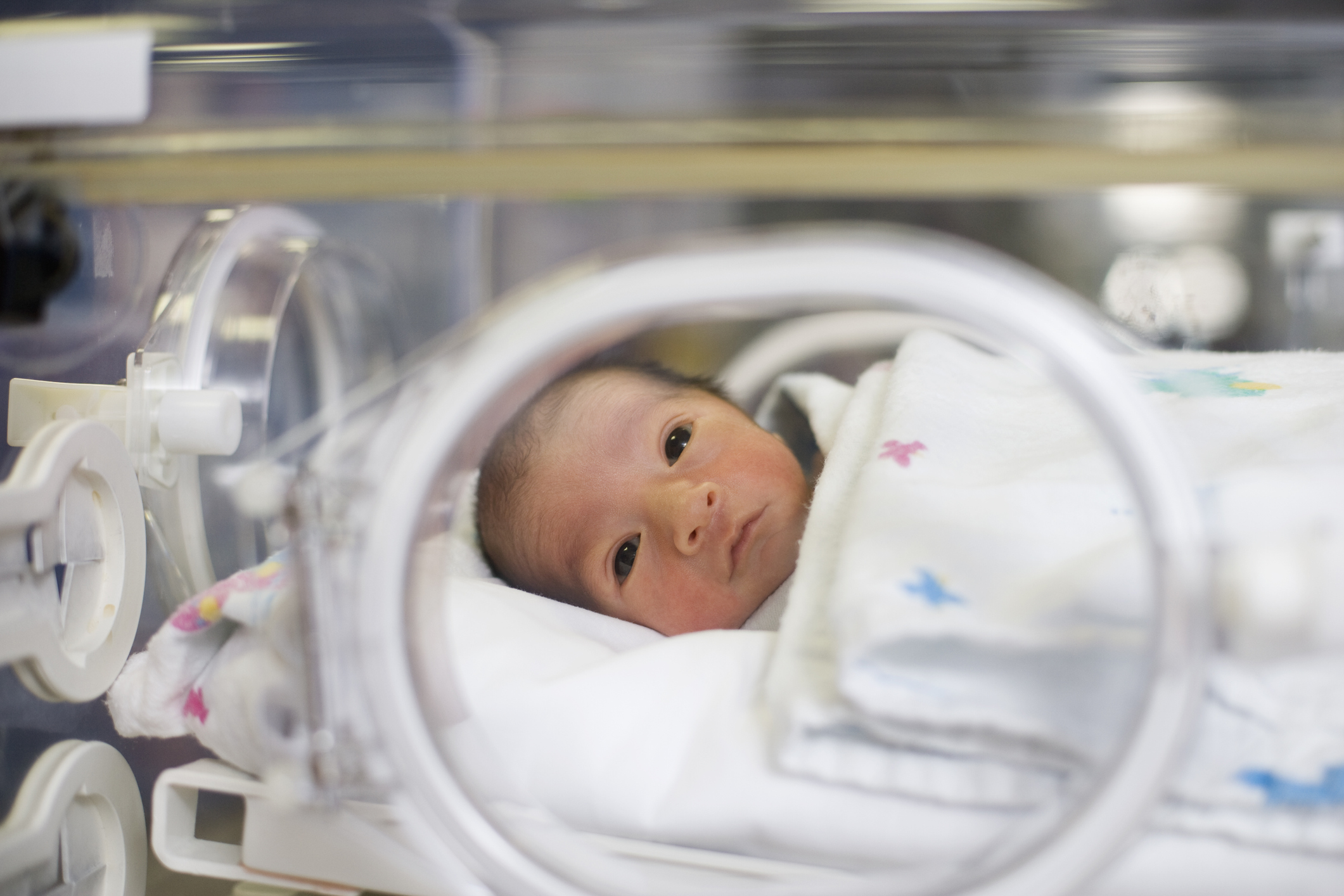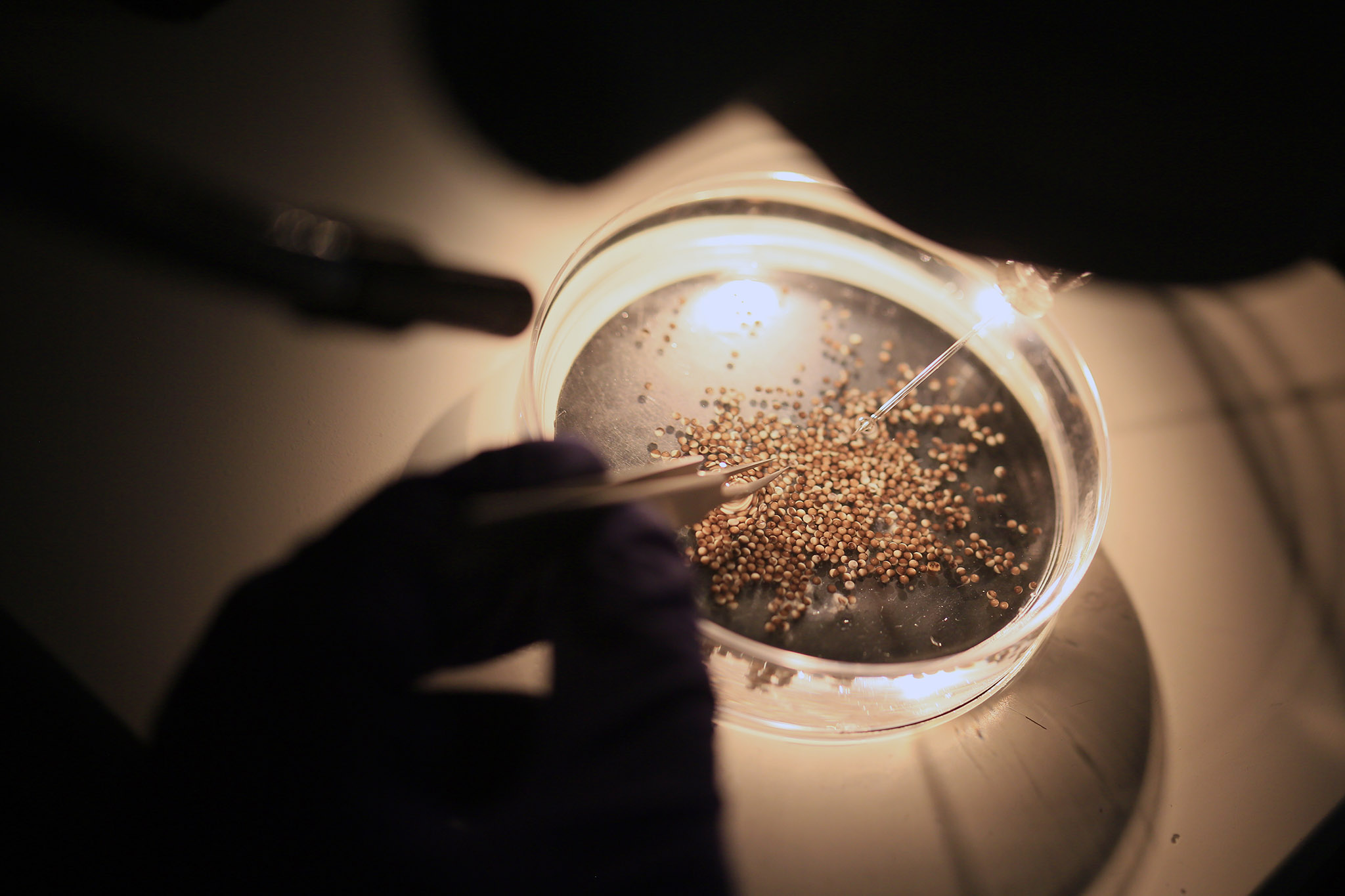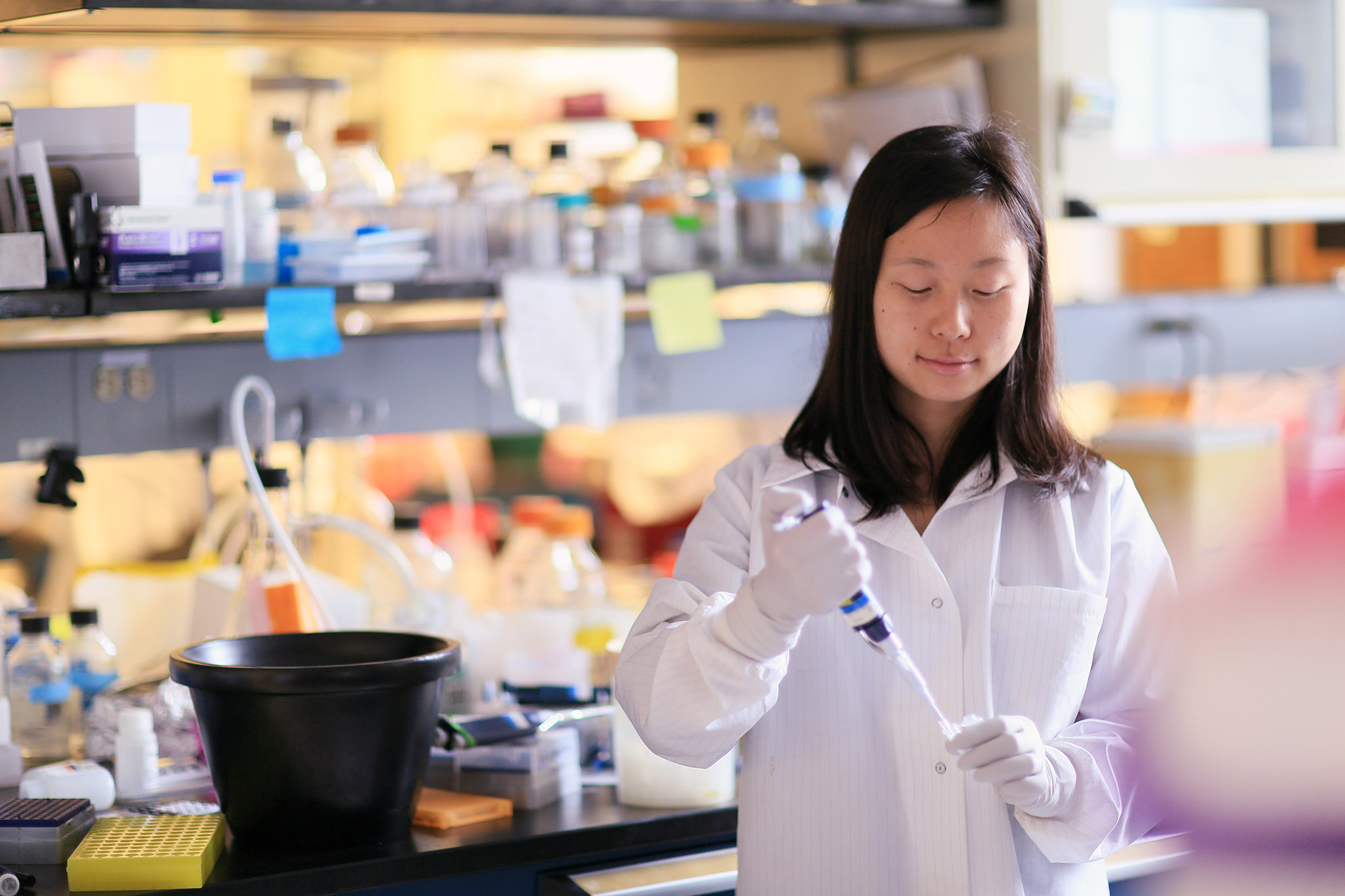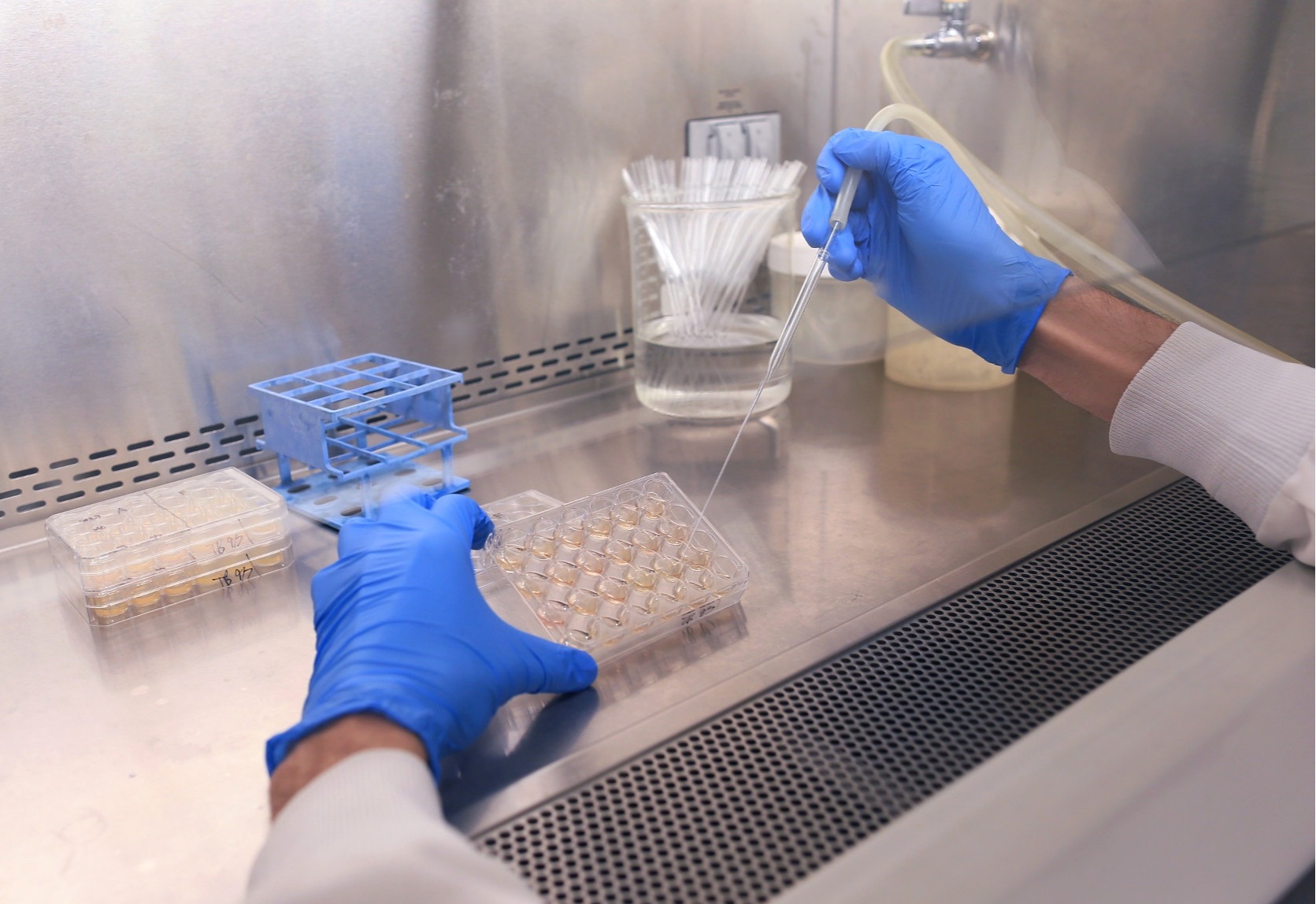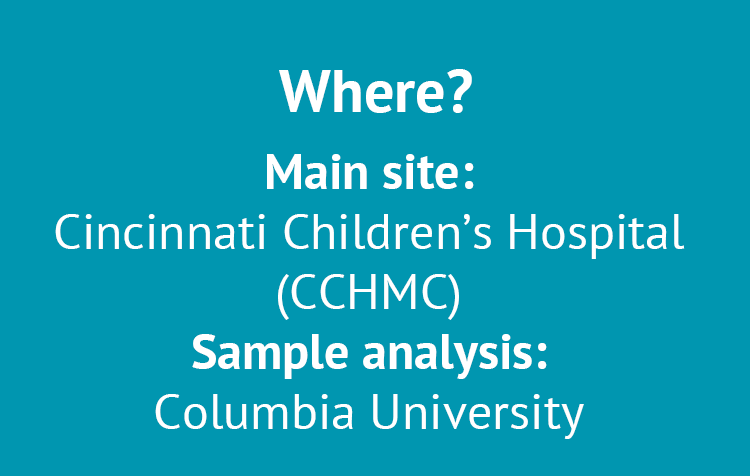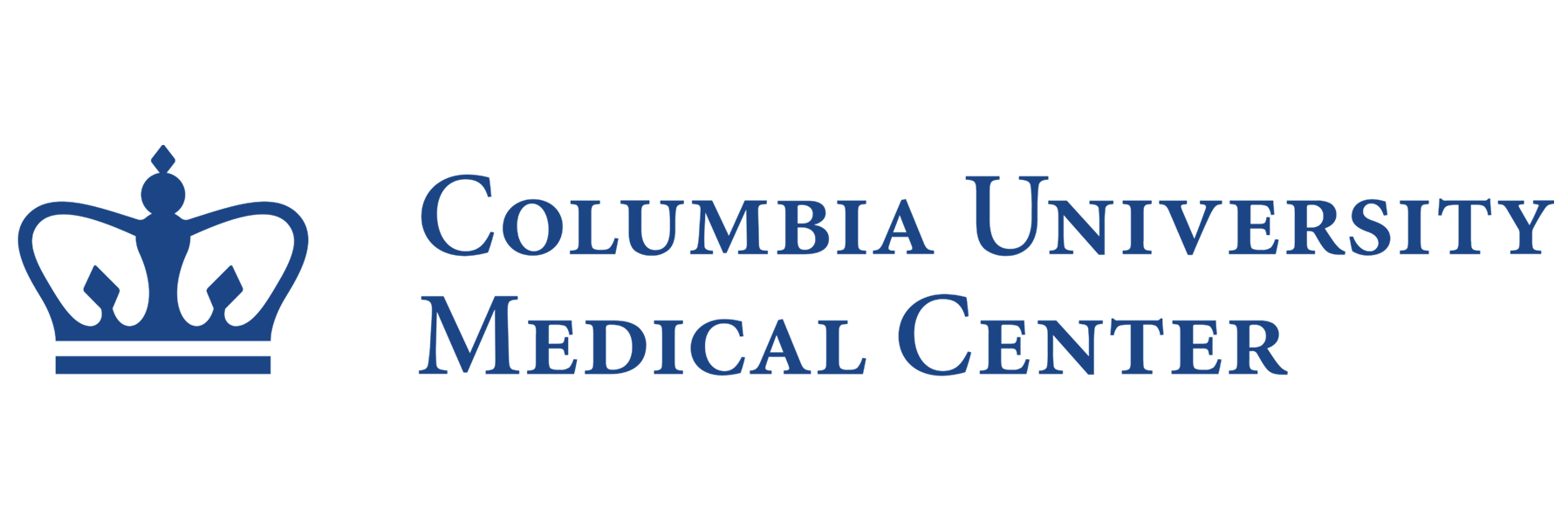Researching the cause and treatment of trachea-esophageal birth defects
CLEAR is a multi-centered study of people born with tracheal esophageal fistulas (TEF), esophageal atresia (EA), and other tracheal/esophageal defects present at birth. Our team is dedicated to helping children and families better understand what causes these defects, how they could be treated better, and how they might be prevented in the future.
Team members: Dr. Paul Kingma, Principal Investigtator; Pranjal Patel, Study coordinator; Amanda Scheibis, Study coordinator
The CLEAR Consortium is a collaborative research program dedicated to discovering the genetic causes of trachea-esophageal birth defects, such as esophageal atresia and tracheoesophageal fistula (EA/TEF) funded by the Eunice Kennedy Shriver National Institute of Child Health and Human Development. The goal of this study is to better understand how these conditions happen, help identify these issues quicker, and improve treatment for your child.
Who can join: Patients born with TEF, EA, or other thacheal esophageal defects (tracheomalacia, laryngeal clefts, etc.).
About
Learn about the consortium mission, approach, research team, and lead organizations.
Learn More →
FAMILIES
Learn about trachea-esophageal birth defects, advocacy and medical support, and research study participation.
Learn More →
Researchers
Learn about the consortium research projects, external resources, and how to join as a research collaborator.
Learn More →
-
1. Who can participate in the study?
Newborn and kids (up to 18yrs) having tracheal esophageal disorders such as- TEF, EA, Laryngomalcia, Tracheaomalcia, Bronchomlacia and Laryngeal cleft. Parents and siblings of the participating kid.
2. How can I be a part of study?
Contact study coordinator or Pl using the link on website. Sign a consent form agreeing to participate in research and willing to take part in required research procedures.
3. What type of research procedures I need to do?
Willing to donate samples such as- Blood and/or saliva for whole exome sequencing (WES). Remnant tissue at time of surgery, if surgery is taking place at Cincinnati Children's Hospital. Two online or paper surveys- one is about the patient medical history and other consists of family demographics.
4. Our kid is not having care taken at Cincinnati Children's Hospital/we do not live in United States, can we be a part of the study?
Yes, if you are willing to donate samples remotely and filling out required surveys.
5. How do we participate in study remotely?
Consents forms can be signed and emailed. Once we get the consents we mail at home sample collection kits to your home, which can be used to collect saliva and ship it back to us. Surveys can be filled online, or we can send paper copies to you along with the saliva kits.
6. Do we get the test results?
We do not promise to give back the results however, if we find any new information that can help in your kids' clinical care, we will contact their care provider if you are willing to share that information with them.
7. Will the genetic results be uploaded on my kids MyChart?
No, we do not upload the genetic results on participants MyChart and are not available publicly.
8. Is there a time frame for this study, when will it end?
Once you agree to be a part of study it's forever. There is no end for the research right now.
9. Would I be charged for any of the study procedures and shipping?
No, all procedure and shipping costs will be covered by the research funds.
10. Will I get paid for being a part of this study?
No, we do not pay our study participants.
-
CLEAR consortium members discover a genetic network that when disrupted in the developing fetus can cause tracheomalacia, a condition where the trachea collapses due to lack of cartilage. Read more →
A collaboration between CLEAR Consortium and RIKEN, Japan’s largest comprehensive research institution, advances efforts to use human stem cells to grow the trachea and esophagus tissue in the lab. Findings were published in back-to-back reports in Nature Communications. Read more →
Published in European Journal of Human Genetics, a team led by Drs. Wendy Chung, Yufeng Shen and the CLEAR consortium identify novel candidate gene mutations in esophageal atresia/tracheoesophageal fistula (EA/TEF) patients. Read More →
Research conducted by Dr. Aaron Zorn and the CLEAR Consortium, published in Developmental Cell, uncovers the biomechanics and molecular pathways of how the trachea and esophagus form and how mutations can cause birth defects. Read More →
Contact us at CLEARConsortium@cchmc.org
